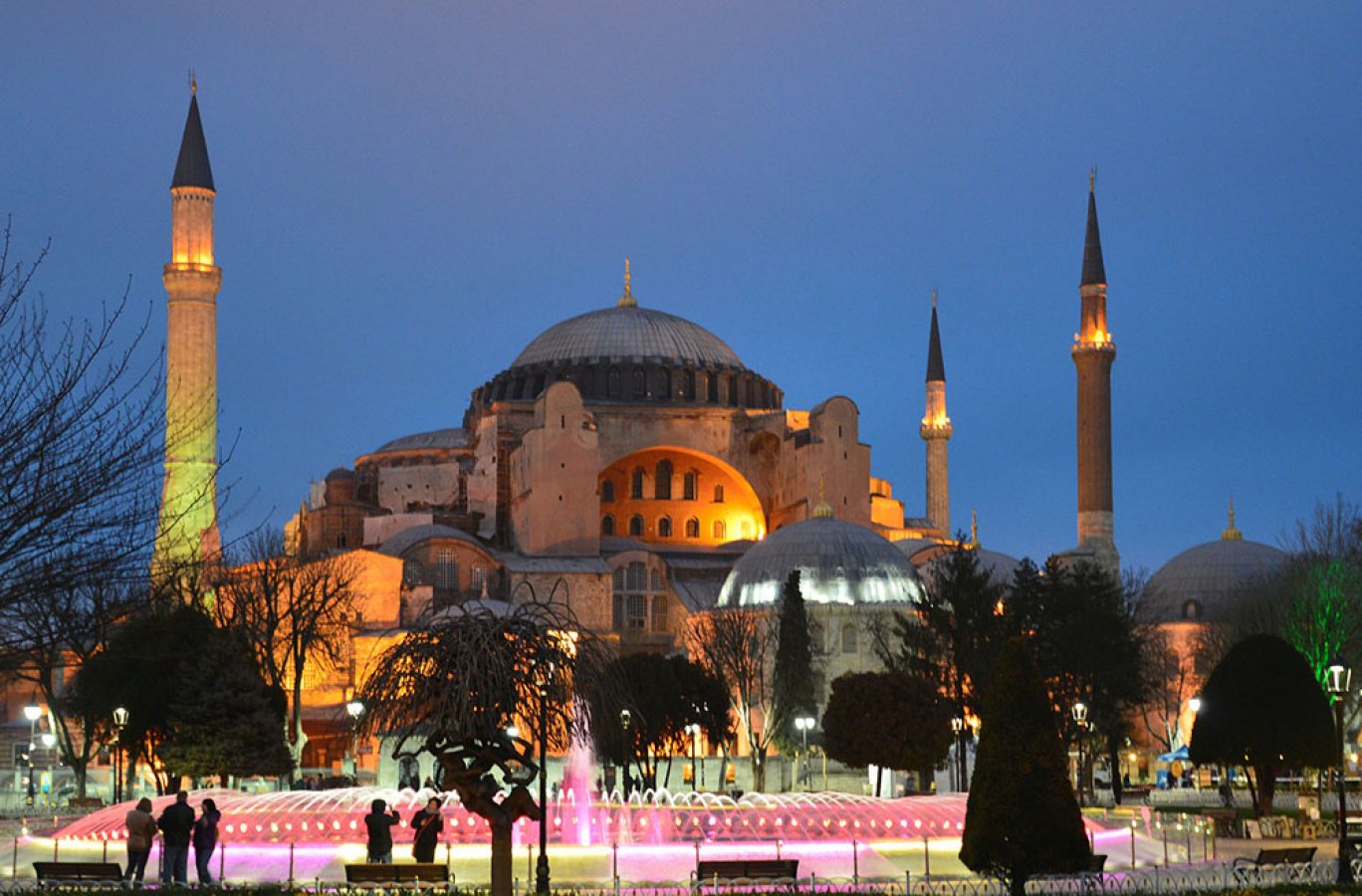Hagia Sophia Museum is a breathtaking architectural wonder that has stood at the heart of Istanbul, hosting various civilizations throughout history. This structure is not just a building but a cultural, religious, and artistic hub. In this article, we’ll delve into the captivating architectural features of Hagia Sophia, its historical functions, and its transformation over the centuries. We will also explore how its reconversion to a mosque has brought new significance in modern times, alongside practical information for visitors. Let’s not forget the many other historical sites surrounding Hagia Sophia, all part of Istanbul’s rich cultural heritage. So, let’s take a step together into the enchanting world of the Hagia Sophia Museum!
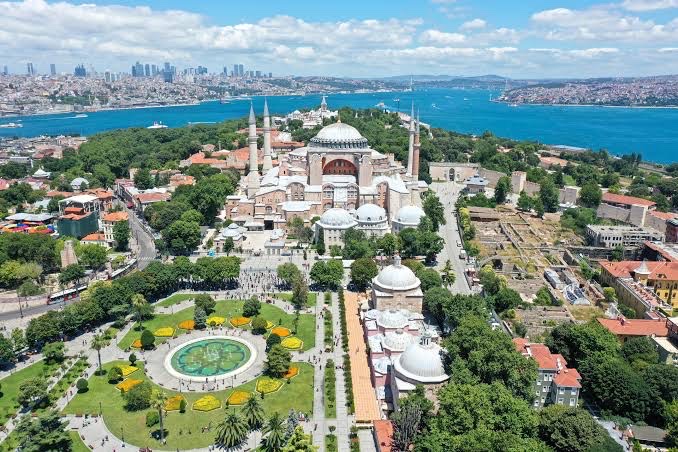
The History of Hagia Sophia Museum
Hagia Sophia is an extraordinary structure that has witnessed the rise and fall of empires throughout history. Initially built in 537 AD by Byzantine Emperor Justinian I, it was considered the largest church in the world at that time. The architecture and interior design of Hagia Sophia reflected the most advanced engineering and artistic techniques of the era. Its massive dome and striking mosaics made it a unique religious and artistic landmark.
After the conquest of Istanbul in 1453, Hagia Sophia was converted into a mosque by the Ottoman Empire. This transformation marked a significant turning point in its historical journey. Hagia Sophia Mosque became one of Istanbul's iconic landmarks, admired for its central location and architectural elegance. Over centuries, it served not only as a place of worship but also as an art gallery and educational space.
In 1935, Hagia Sophia gained international recognition as a cultural heritage site when it was opened to the public as a museum. This decision created an opportunity for people from all over the world to explore its rich history. However, in 2020, it was reconverted into a mosque, a move that generated global attention. Today, visitors come to Hagia Sophia for a journey filled with history and mysticism.
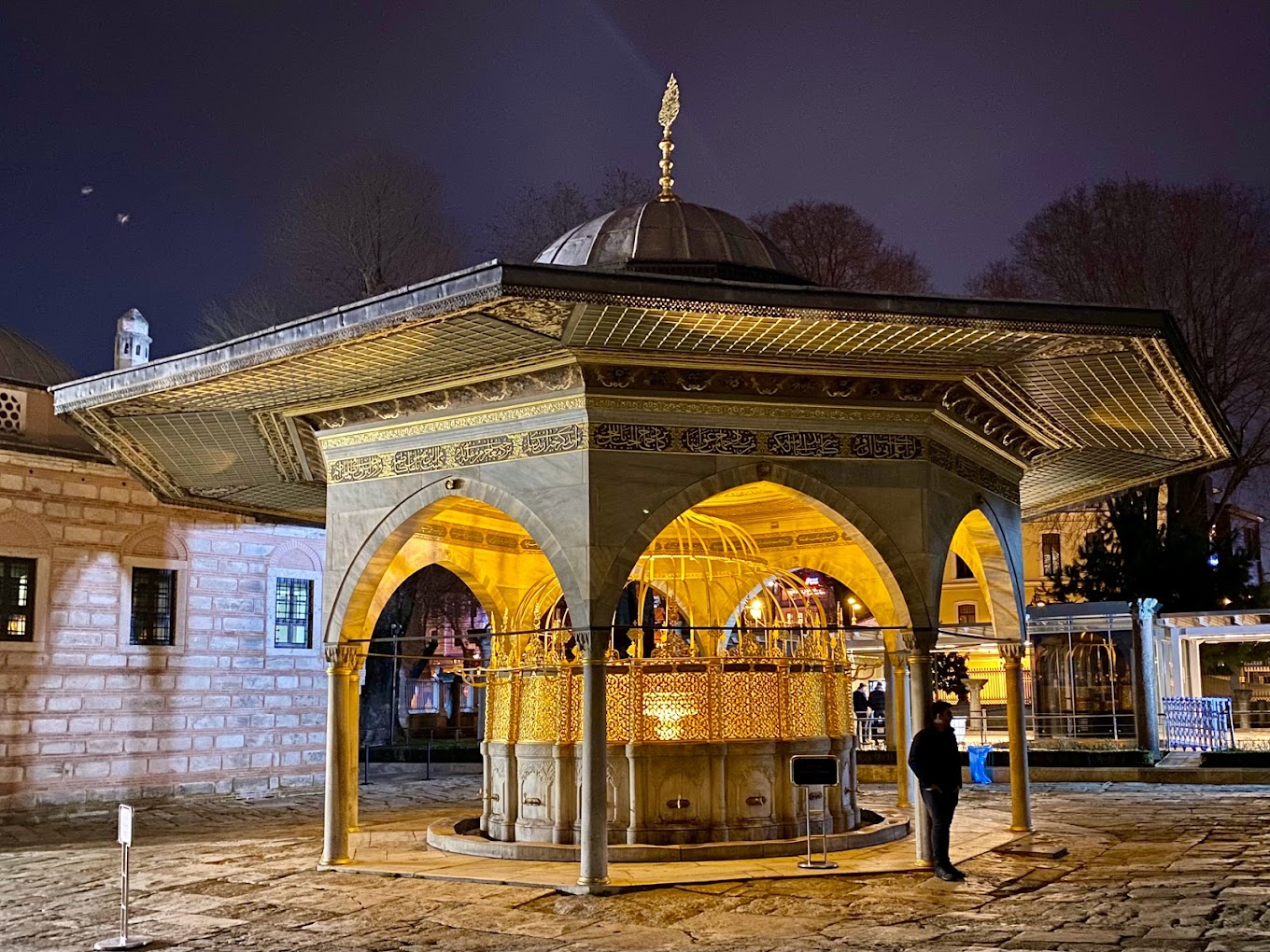
Architectural Features of Hagia Sophia
Hagia Sophia offers a visual feast with its magnificent architecture. Built in 537 AD, it has served various functions throughout history, blending unique elements of both Byzantine and Ottoman architecture. Its awe-inspiring dome has been a groundbreaking achievement and an inspiration for many structures worldwide. The height of the dome creates a sense of spaciousness and offers an aesthetically mesmerizing view.
The interior mosaics and marble craftsmanship are among Hagia Sophia's most outstanding features. The colorful mosaics, sparkling in natural light, are a sight to behold. The intricate decorations on its walls reveal the rich cultural heritage of the past. Exploring every detail feels like embarking on a journey through time.
The architectural design of Hagia Sophia Mosque combines functionality and aesthetics, providing visitors with an unforgettable experience. As one of the prominent features of Istanbul's skyline, its grandeur and elegance captivate every traveler, whether they are history enthusiasts or simply admirers of beautiful landscapes.
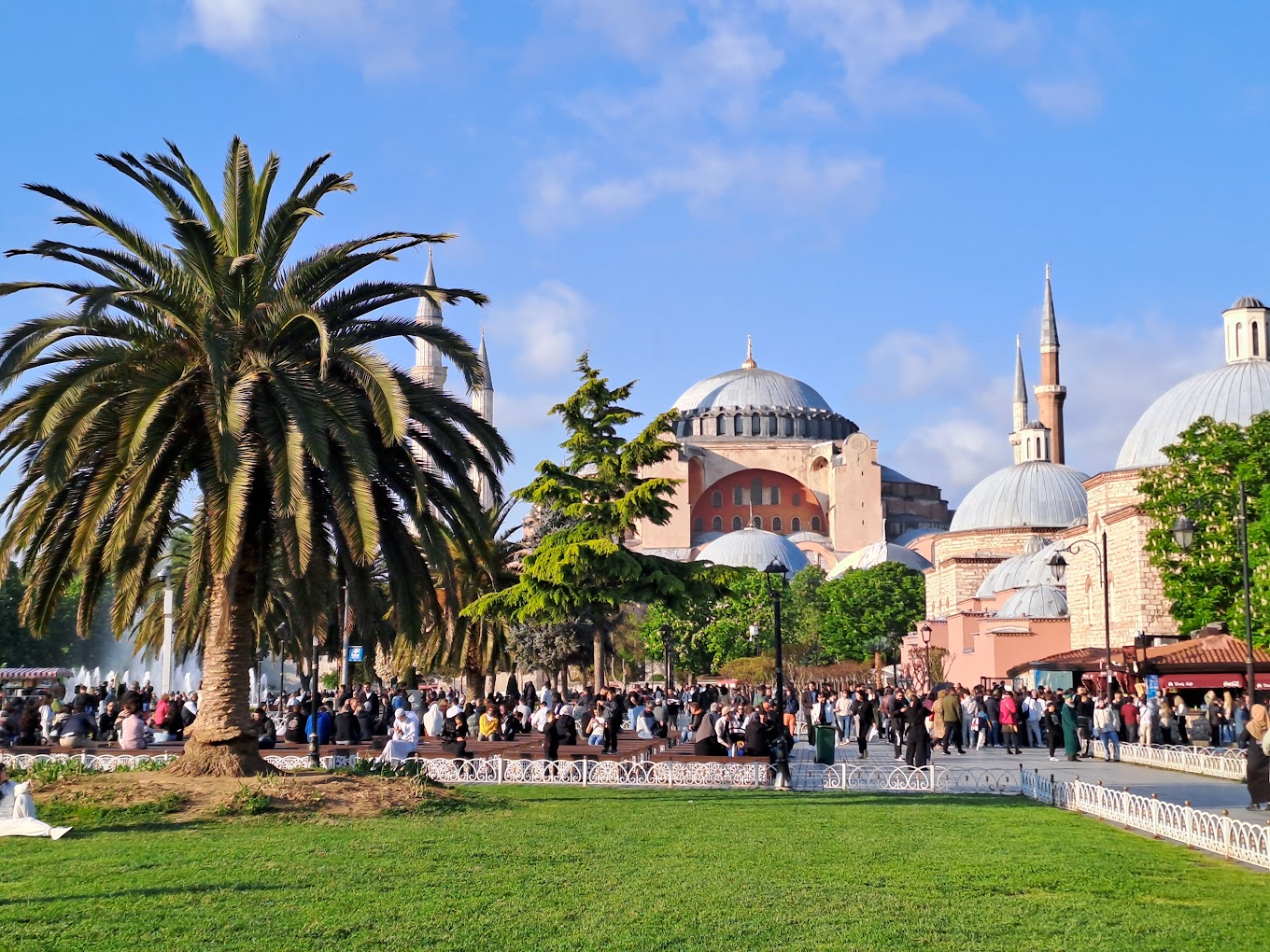
The Past Functions of Hagia Sophia
Hagia Sophia has served numerous roles throughout history. Initially built as a church in 537 AD by Emperor Justinian, it held the title of the largest cathedral in the Christian world. As a religious center of its time, it hosted many important ceremonies and became a focal point of Christianity. Byzantine emperors were also crowned here, further solidifying its importance.
Following the conquest of Istanbul in 1453, Hagia Sophia was converted into a mosque by the Ottoman Empire, marking a significant transition. Its architecture and artistic design served as inspiration for Islamic architecture. The majestic minarets and spacious courtyard added to Istanbul's iconic silhouette.
In 1935, Hagia Sophia’s role changed again when it became a museum. This transformation attracted both local and international tourists, eager to explore its rich history. Today, it functions as a mosque again, showcasing its ability to adapt to different roles while maintaining its cultural and historical significance.
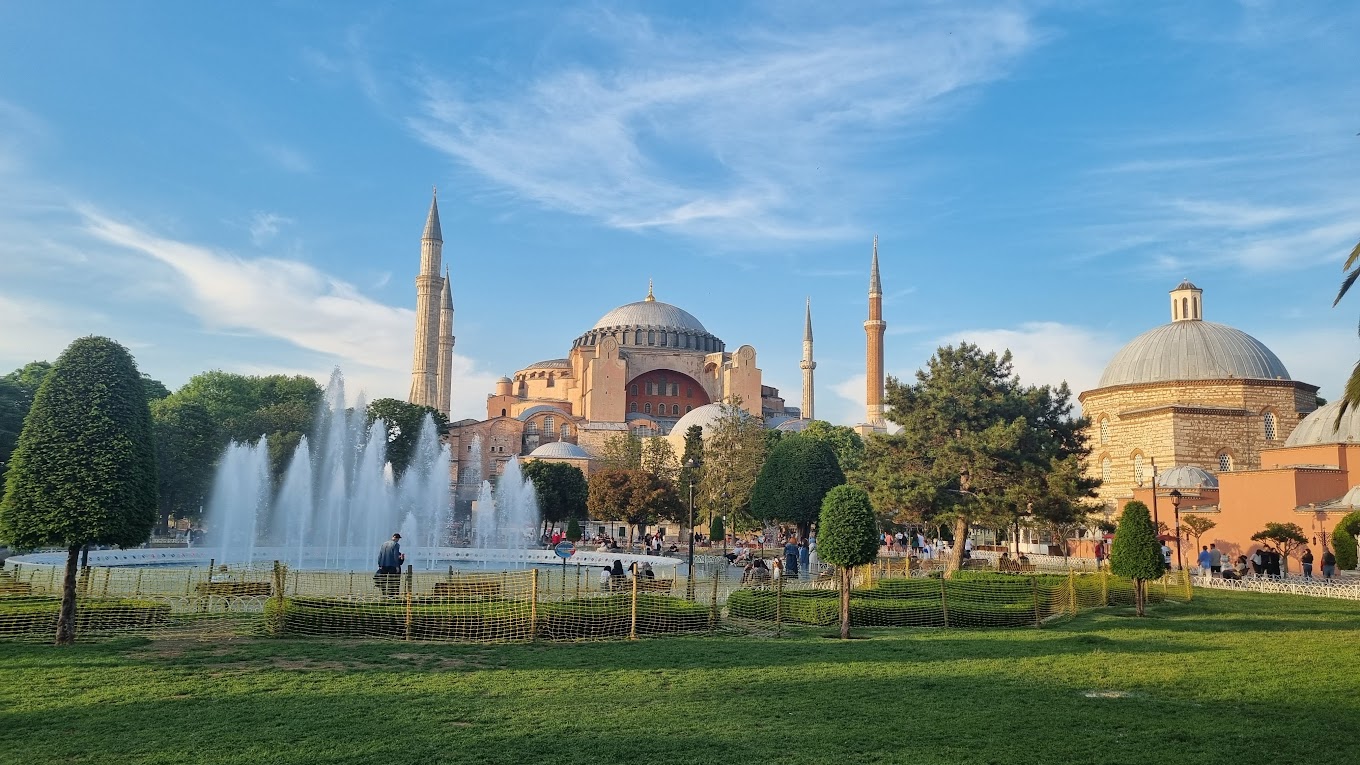
The Reuse of Hagia Sophia as a Mosque
Over the years, Hagia Sophia has undergone various transformations, each evoking different emotions. After serving as a mosque until 1935, it was converted into a museum, welcoming countless visitors from around the world. In 2020, however, a legal decision reinstated it as a mosque. This move carried great meaning for both the people of Istanbul and those who value its historical and religious significance.
The reconversion of Hagia Sophia Mosque has enhanced its importance as both a religious site and a cultural landmark. Visitors coming for worship now have the opportunity to experience the human legacy of the past while embracing modern spiritual practices.
While this change sparked international debates, the most significant aspect for me is that Hagia Sophia remains a vibrant example of art and architecture. By preserving its historical identity and meeting contemporary needs, it continues to be one of Istanbul’s most symbolic structures.
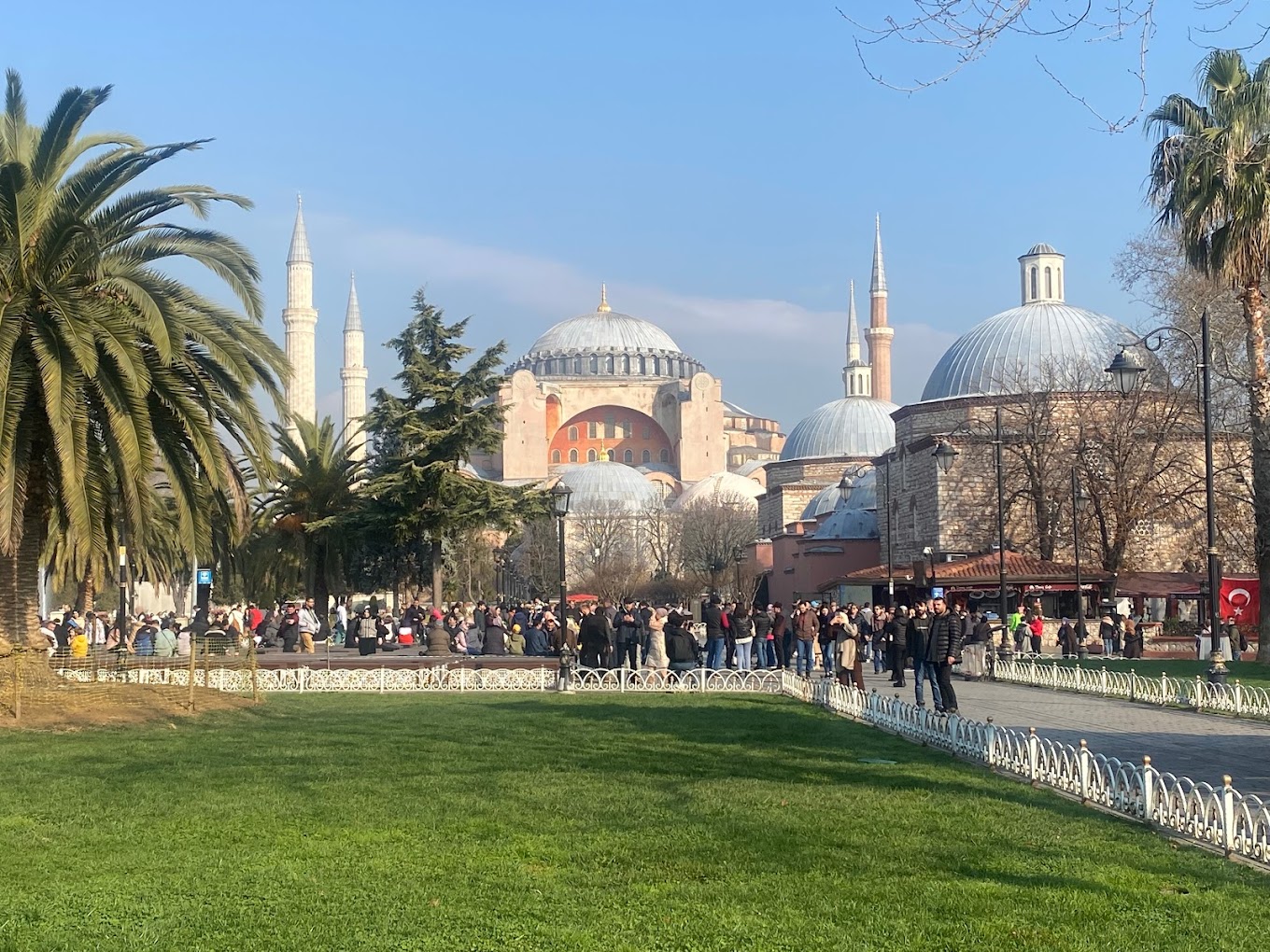
Practical Information for Visitors
When preparing for my visit to Hagia Sophia, I found several practical tips helpful. First, Hagia Sophia Mosque is open to visitors every day during specific hours. Arriving early is the best way to avoid crowds and enjoy the serene atmosphere. Visiting in the morning allows for a more immersive experience of its historical details.
Additionally, long queues at the entrance are common for both local and international visitors. Purchasing tickets online can save time. Before entering, exploring the surrounding area is a must. Starting with Sultanahmet Square offers an excellent opportunity to discover many historical landmarks.
Dressing appropriately is essential, as Hagia Sophia is a mosque. Both men and women are expected to dress respectfully. Finding the best angles for photography is easy, but patience is sometimes necessary during busy hours.
Finally, there are many cafes and restaurants around Hagia Sophia where you can relax and enjoy local flavors in a historical ambiance. With these practical tips, my visit became an unforgettable day filled with remarkable moments.
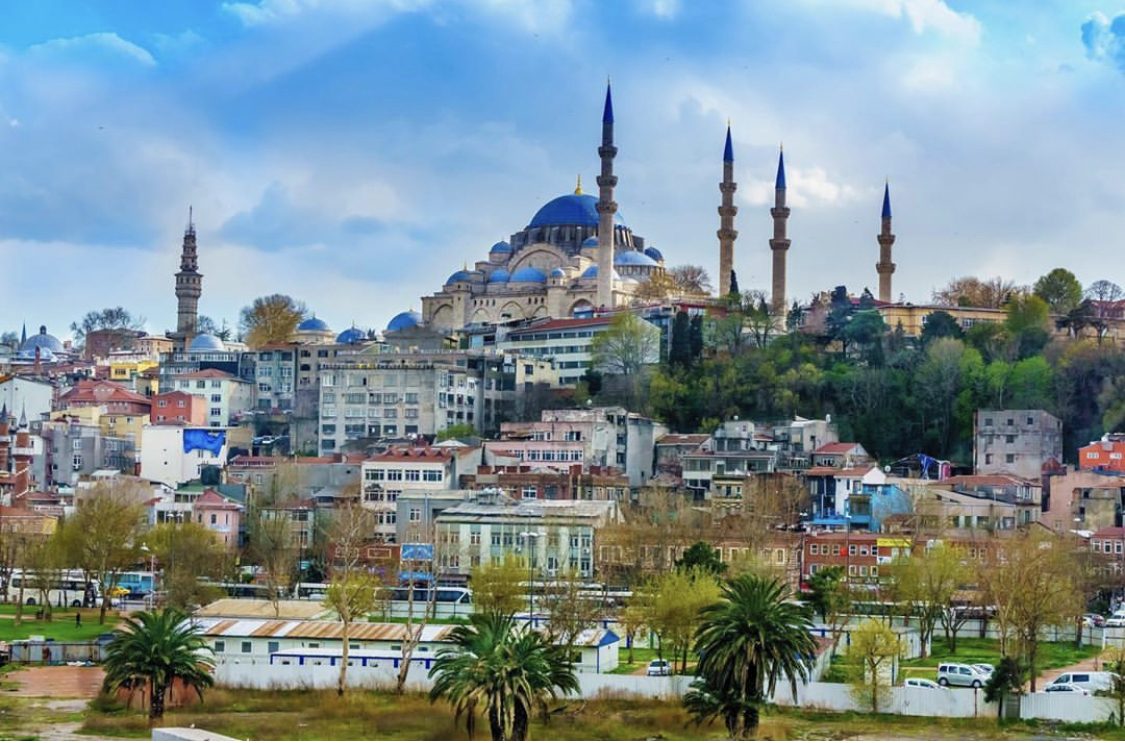
Hagia Sophia and Istanbul’s Cultural Heritage
Hagia Sophia stands out not only for its architecture but also for its profound impact on Istanbul’s cultural heritage. Representing traces of different civilizations, it reflects the essence of both Byzantine and Ottoman periods. This makes Hagia Sophia a unique meeting point. Every moment I spent in Istanbul made me think about how deeply this ancient structure has influenced history.
Visitors to Hagia Sophia are often drawn to its cultural elements as much as its architectural beauty. The influence of Sinan the Architect can also be felt, as Islamic and Christian art coexist harmoniously within its walls. In this sense, Hagia Sophia Mosque offers a distinctive space where various faiths and cultures come together.
Moreover, the historical artifacts surrounding this iconic structure contribute to its significance. The nearby Column of Constantine and Sultanahmet Mosque are remarkable additions to the area. Each represents a layer of Istanbul’s intricate history and cultural richness. Together with Hagia Sophia, these historical landmarks provide an unforgettable experience for every traveler.
Places to Visit Around Hagia Sophia
After visiting the unparalleled beauty of Hagia Sophia, I discovered many other fascinating attractions nearby. Istanbul, with its historical texture and cultural richness, feels like an open-air museum. First, I recommend visiting the Sultanahmet Mosque, right next door. Its architecture and interior decorations are genuinely mesmerizing.
While strolling through Sultanahmet Square, don’t miss the Hippodrome. Once a historic chariot racing arena, it now offers visitors a nostalgic journey through its ruins. Various structures at its four corners carry the traces of its past.
Gulhane Park is another excellent spot for relaxing and enjoying nature. A walk here provides a serene escape while still enjoying the atmosphere of Hagia Sophia and its surroundings. Additionally, Topkapı Palace, located nearby, is a must-see. Exploring this palace offers a closer look at the opulence of the Ottoman Empire.
In conclusion, there are countless valuable sites to explore around Hagia Sophia. Each one vividly reflects Istanbul’s unique history and cultural fabric. As you discover these treasures, you will find yourself immersed in the depth of history.


 English
English Türkçe
Türkçe